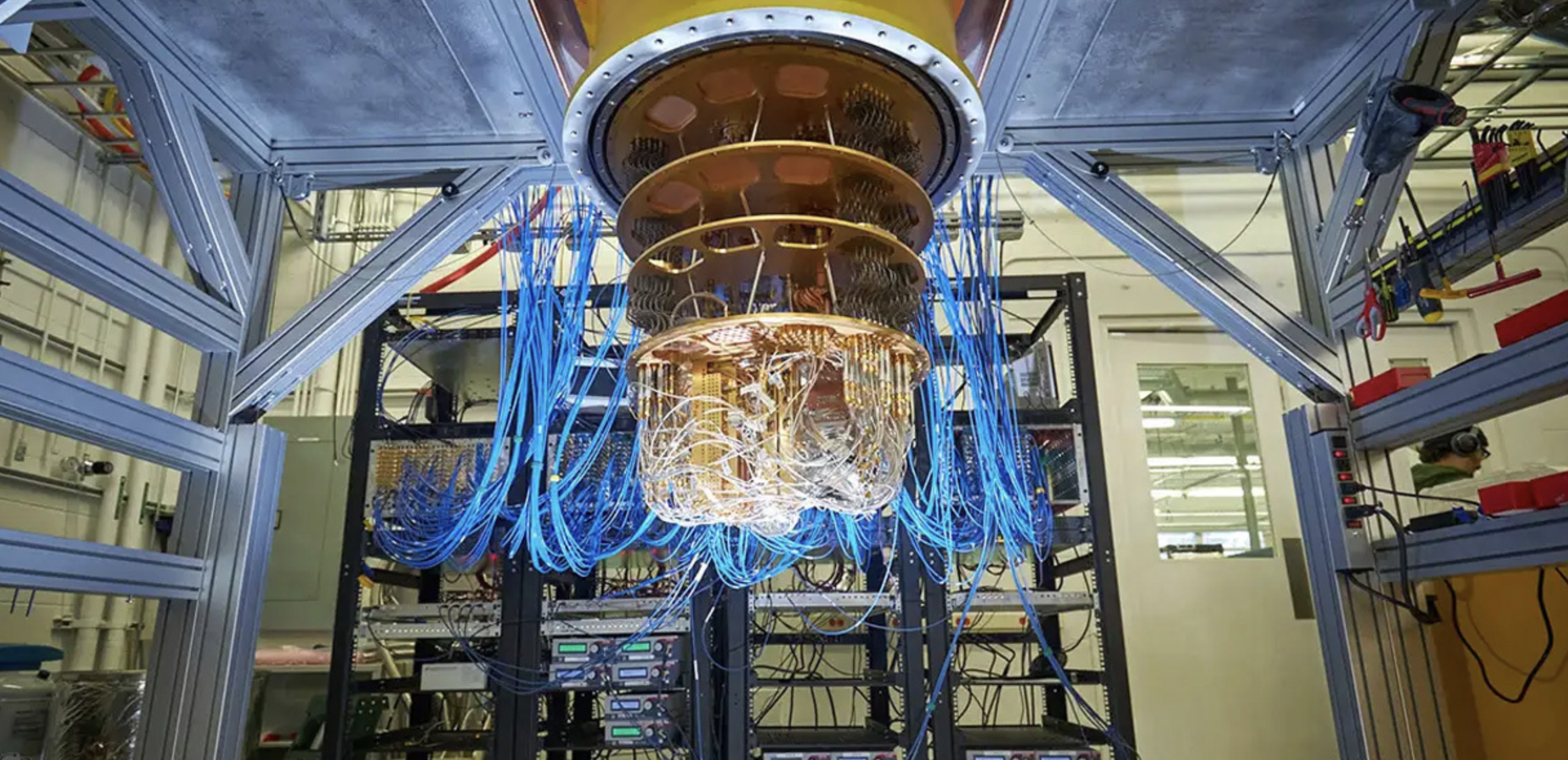What we will have to do to support generative AI
This is a Guest Blog by Mr. Mark Kidd, EVP & GM, Iron Mountain Data Centers & Asset Lifecycle Management
The record-breaking uptake of ChatGPT has raised huge interest- and investment – in generative AI. The ability of ChatGPT and other Large Language Models (LLMs) to bridge the linguistic gap between humans and machines has caught the popular imagination and raised awareness of the potential to automate and improve many aspects of our lives.

I would like to take a brief look at this phenomenal new technology from the point of view of the digital infrastructure it will need to succeed, and how two key challenges – energy and e-waste – will require particular attention.
STEP CHANGE
Generative AI will power more and more applications over the coming decade. ChatGPT, DALL-E, GitHub Copilot and Stable Diffusion, are just the first generation, creating and sorting images, answering complex questions, creating websites, and making programming accessible to all. At Iron Mountain Data Centers, we provide the infrastructure for many High-Power Compute (HPC) configurations running generative AI, and have developed specialist facilities that meet their needs. High-density power, modular architecture, high-bandwidth training (input) and inference (output) connectivity and advanced cooling are all critical factors for customers. It has been a fascinating process supporting these new applications that promise to accelerate innovation and even save lives, and starting the step change in infrastructure design that our industry will have to make.
POWER SURGE
By far the greatest challenge in supporting generative AI is a huge surge in power loads. Generative AI models use graphics processing unit (GPU) chips which require 10–15 times the energy of a traditional CPU. Many models have billions of parameters and require fast and efficient data pipelines in their training phase, which can take months to complete. ChatGPT 3.5, for instance, has 175 billion parameters and was trained on over 500 billion words of text. To train a ChatGPT 3.5 model requires 300-500 MW of power. Currently, a typical data center requires 30-50 MW of power. One of IMDC’s larger campuses, in Northern Virginia, has capacity for 10 data centers on it. The whole of the power load for this campus would be required to train ChatGPT 3.5. While LLMs are definitely at the most power-hungry end of the generative AI boom, every generative model we have worked with has processor and power needs which grow exponentially, either doubling or tripling each year.
Forecasting the power requirements of generative AI over time is hard to do with any accuracy, but most analysts would agree that it will ramp up current requirements hugely. If one estimates current data center compound growth at a relatively modest 15% (it’s probably nearer 20), global capacity will double in 5 years and quadruple in 10. With generative AI in the mix, CAGR could rise as high as 25%, tripling capacity in 5 years and increasing it ninefold in a decade. Enterprises, AI startups and Cloud Service Providers are already racing to secure data center capacity for their workloads, with the hyperscale clouds leading the pack. This is happening fast. Analyst TD Cowen reported “a tsunami of AI demand,” with 2.1 GW of data center leases signed in the US (a fifth of current total supply) in Q2 2023.
A WAVE OF E-WASTE
The second AI-generated tsunami is at the back end; a stream of used equipment. AI is driving faster server innovation, particularly in chip design, and the latest AI chips such as the Nvidia H100 have had so many billions advanced against their manufacture and are in such short supply that they are even being used as debt collateral and made available for rent. While this refresh rate will be key to improving efficiency it will also – in tandem with the rise in capacity – increase the scale of e-waste. E-waste is one of the fastest-growing waste streams in the world. By 2030, annual e-waste production is on track to reach a staggering 75 million metric tons. Global e-waste is thought to hold roughly $60 billion-worth of raw materials such as gold, palladium, silver, and copper. However, just 17 percent of global e-waste is documented to be collected and properly recycled each year.
RISING TO THE CHALLENGE
These waves at the front and back end of the data center will take place as the climate crisis deepens and zero emission targets loom. There will be unprecedented pressure on power grids to provide new electrical power for industries that are weaning themselves off fossil fuels. It is fair to say that generative AI in particular will be under intense environmental scrutiny. To address the twin challenges of capacity growth and e-waste the industry will have to be at the top of its game.
DECARBONIZATION & RECYCLING
Low-to-no-carbon power sources will be the key to addressing power challenges. The power demands of generative AI will accelerate this focus and drive new innovations in microgrids and backup power sources such as battery, hydrogen and nuclear. Renewables will also be key. Most hyperscalers and a growing number of colocation providers have been growing the green grid and eliminating carbon to the point that today, hyperscalers are the biggest buyers of renewables in the world. Data center owners will now need to take a further step. Following Google’s lead, two years ago we committed to provide not just 100% renewables but 24/7 carbon-free power – you can see how we and our partners have gone about this in a recent documentary ‘Transforming our Future’. I believe that this approach will in time replace the current year-by-year renewable Power Purchase Agreement model.
RECYCLING & REMARKETING
New chips and superfast GPUs will drive the AI revolution, but what will happen to the old ones? For both efficient performance and impact reduction, AI providers will need to check that IT asset lifecycle optimization and recycling, remarketing and secure disposal are available. The industry has been fairly slow to integrate this, but I believe this will accelerate, and we recently changed the shape of our business to address this issue. Our Asset Lifecycle Management (ALM) division, which now covers 32 countries, sanitizes over 3 million drives a year and has generated over $1 billion for clients via remarketing and recycling. We see huge potential for this segment to increase to support AI customers over the coming years.
GENERATING NEW OPPORTUNITIES
In the same way that generative AI will revolutionize the industries that run its applications, I believe it will revolutionize the infrastructure industry that supports it. You can find out more in a new Iron Mountain Data Centers Customer Solution Brief which goes into more detail on the likely design and sustainability impacts of generative AI.












